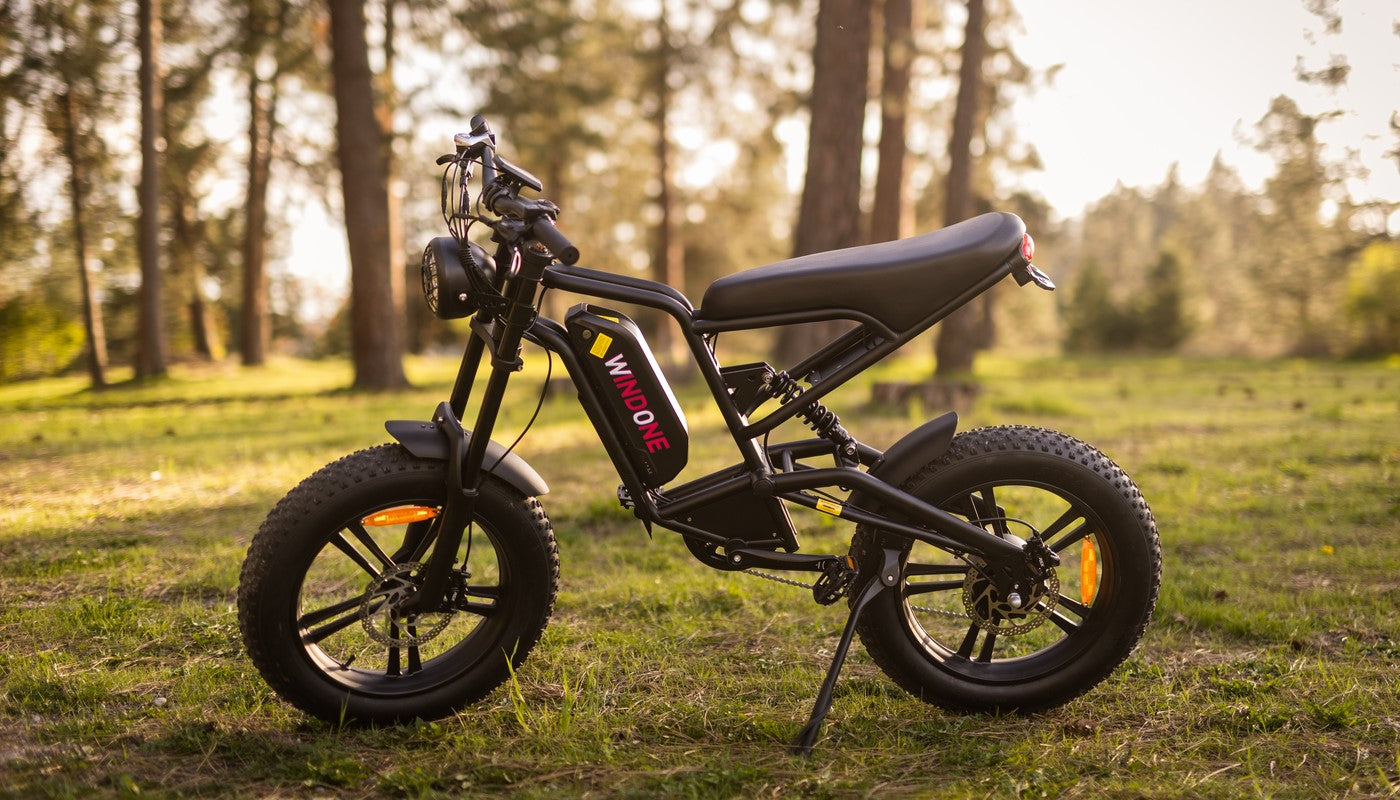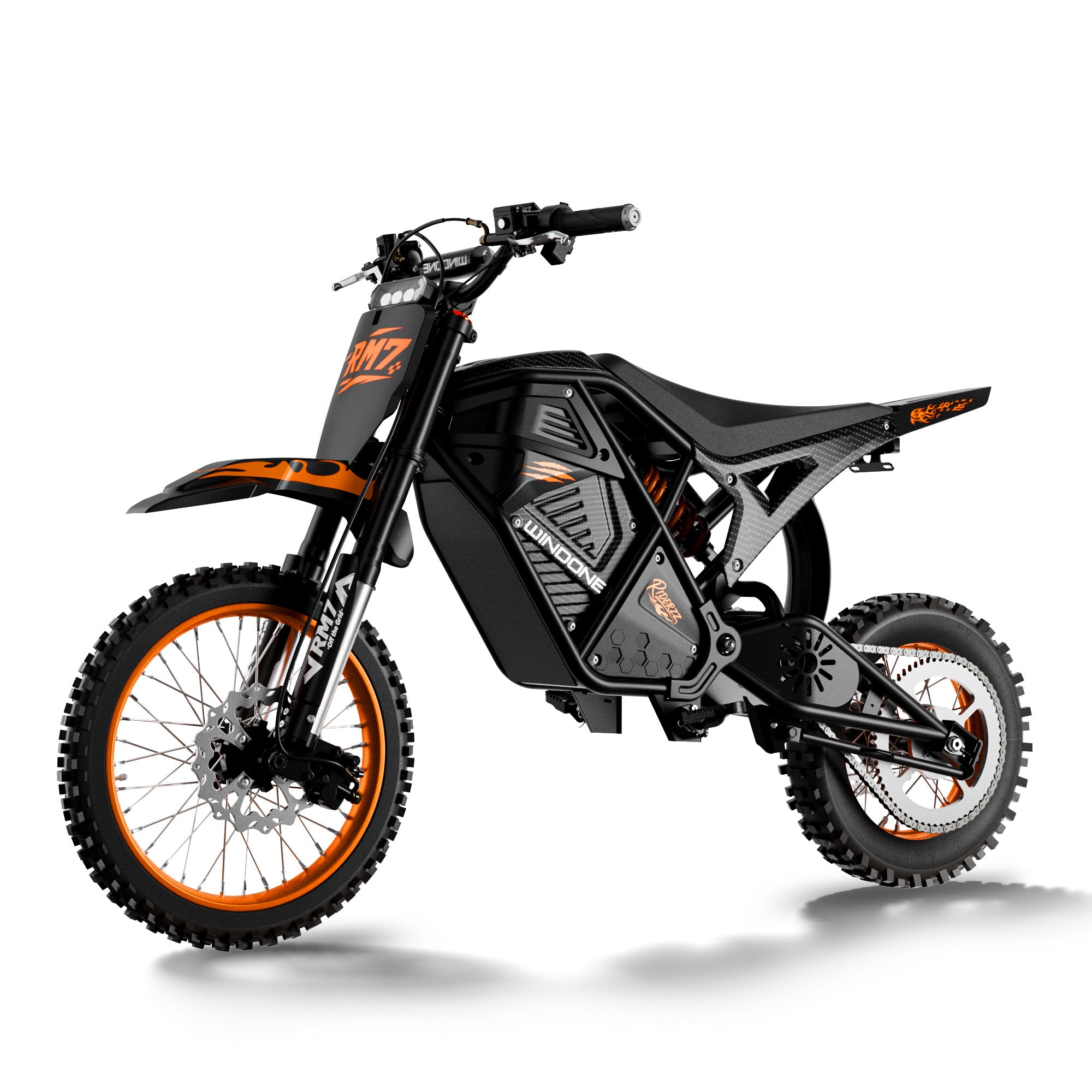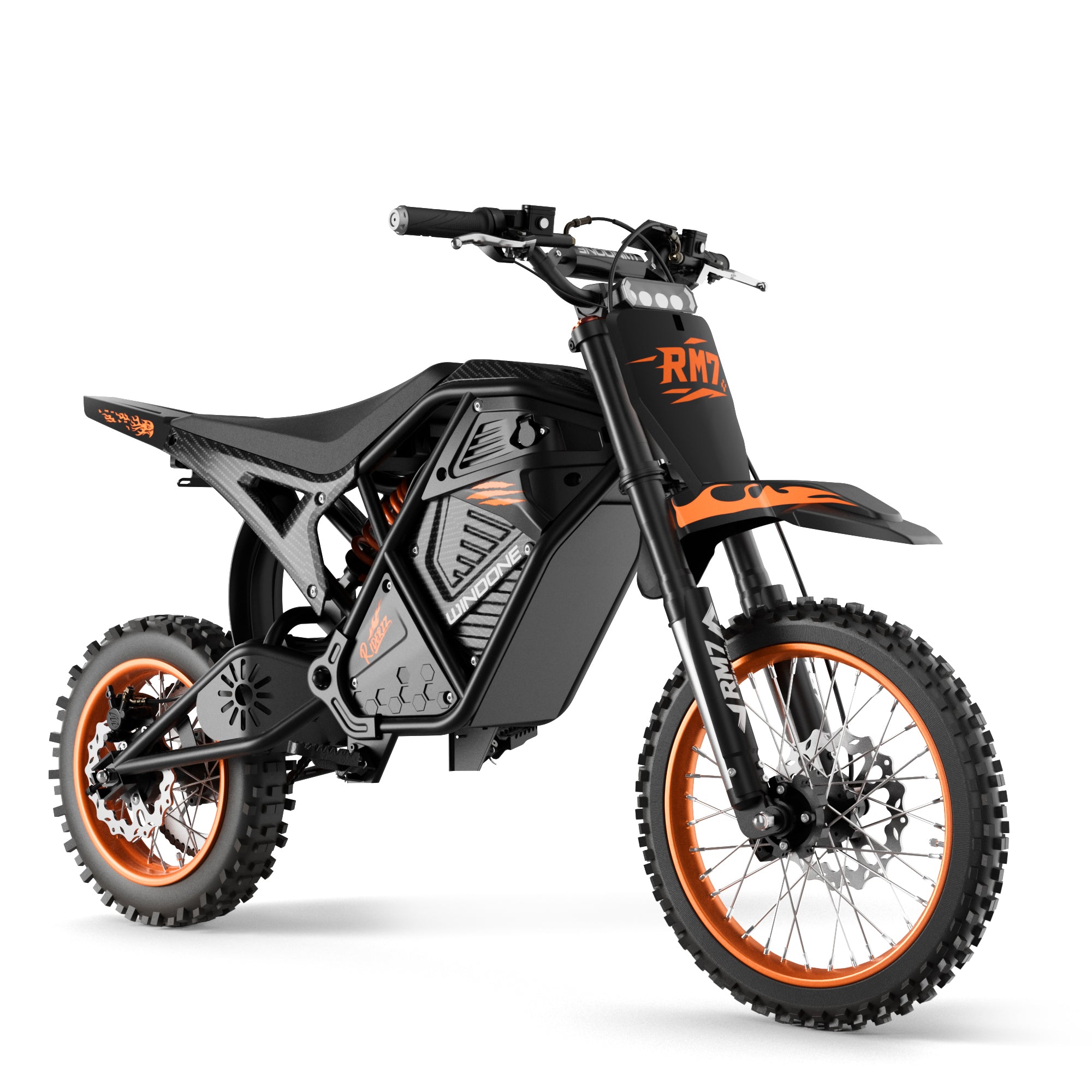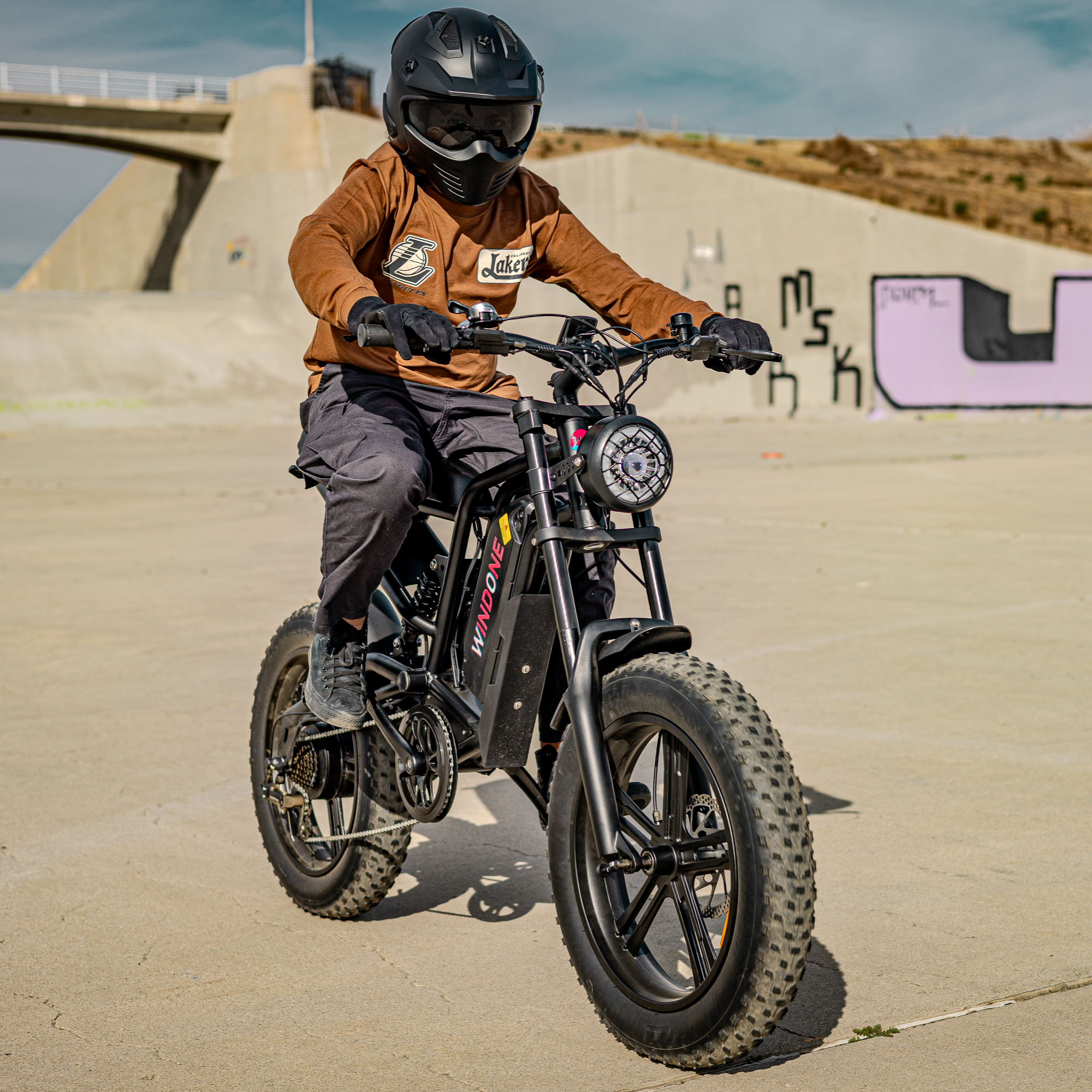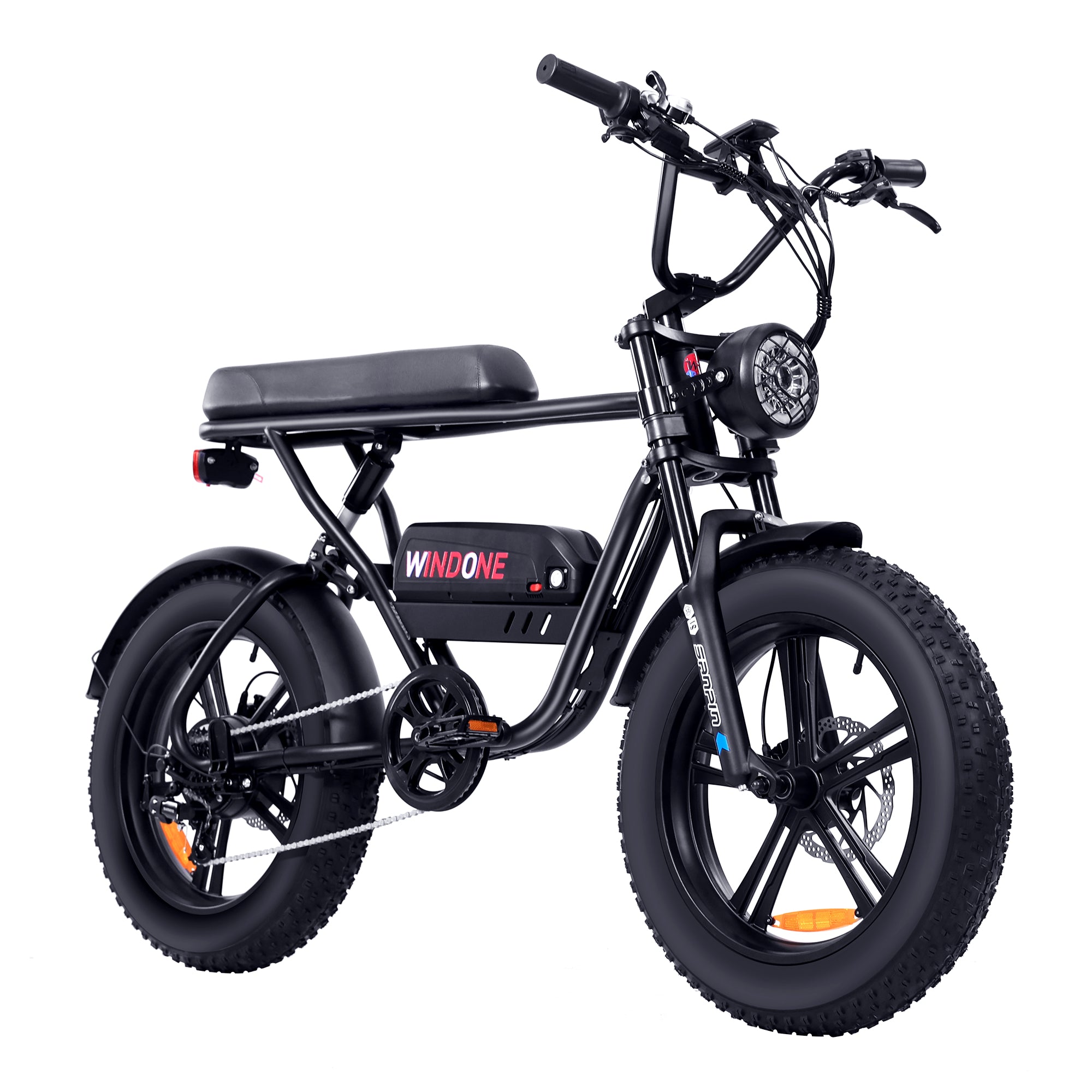Your e-bike’s battery health depends heavily on the charger you use. Choosing the right one ensures optimal performance and longevity. Many believe all e-bike chargers are the same, but that’s a misconception. Chargers vary in speed, compatibility, and technology. Fast-charging options, for instance, have shown no significant short-term impact on battery health, based on a study of over 160,000 data points. As the e-bike market grows—expected to hit USD 3.71 billion by 2034—advanced chargers become essential to meet rising demands. Understanding these differences helps you make informed decisions and protect your investment.
Key Points
-
Picking the right e-bike charger is important for your battery. Always check if it matches your e-bike's needs.
-
Regular chargers work well for daily use and charge slowly. Fast chargers are good for quick charging but use them less often.
-
Smart chargers have extra features like stopping overcharging and checking temperature. These make charging safer and help your battery last longer.
-
Good charging habits, like not overcharging and charging in a cool place, can make your battery last much longer.
-
Buying a strong, safe charger protects your battery and keeps your e-bike working well.
Types of E-Bike Chargers

Understanding the different types of e-bike chargers is crucial for maintaining your e-bike’s battery health and ensuring efficient charging. Let’s explore the most common options available.
Standard E-Bike Chargers
Standard e-bike chargers are the most widely used option. These chargers are designed to provide a steady and reliable current, making them ideal for everyday use. They typically operate at a charging current of 2 to 4 amps, which ensures a gradual and safe charge for your e-bike battery. While they may not be the fastest option, their efficiency and affordability make them a popular choice.
Tip: If you prioritize battery longevity over speed, a standard charger is your best bet.
Here’s a quick comparison of standard chargers with other types:
|
Charger Type |
Average Charging Time |
Overall Efficiency |
|
|---|---|---|---|
|
Standard Charger |
2-4A |
6-8 hours |
91.2% |
|
Fast Charger |
4-6A |
2-4 hours |
88.7% |
|
Rapid Charger |
6A+ |
<2 hours |
85.9% |
Fast Electric Bike Chargers
Fast chargers are designed for those who need to recharge their e-bike batteries quickly. These chargers deliver a higher current, typically between 4 and 6 amps, which significantly reduces charging time. For instance, a fast charger can fully charge a battery in just 2 to 4 hours, compared to the 6 to 8 hours required by a standard charger.
However, fast charging can generate more heat, which may slightly impact battery efficiency over time. Despite this, modern fast chargers are equipped with safety features to minimize risks.
Note: Use fast chargers sparingly to avoid unnecessary strain on your battery. They are perfect for emergencies or when you’re short on time.
Smart E-Bike Chargers
Smart chargers represent the next generation of electric bike chargers. These chargers are equipped with advanced technology that allows them to communicate with your e-bike’s battery management system (BMS). This ensures optimal charging by adjusting the voltage and current based on the battery’s condition.
Smart chargers often include features like overcharge protection, temperature monitoring, and automatic shutoff. These features not only enhance safety but also extend the lifespan of your battery. If you’re looking for a charger that combines convenience with cutting-edge technology, a smart charger is an excellent choice.
Did you know? Smart chargers can even diagnose battery issues, making them a valuable tool for maintaining your e-bike.
Portable Electric Bike Chargers
Portable electric bike chargers are a game-changer for riders who value convenience. These chargers are compact and lightweight, making them easy to carry in a backpack or saddlebag. If you often travel long distances or commute daily, a portable charger can ensure your e-bike stays powered wherever you go.
Most portable chargers are designed to work with standard outlets, so you can charge your e-bike at home, at work, or even at a café. Some models also support charging from car outlets, which is ideal for road trips. Despite their smaller size, portable chargers deliver reliable performance, though they may take slightly longer to charge your battery compared to a fast charger.
Tip: Always check the voltage and current specifications of a portable charger to ensure compatibility with your e-bike battery.
Here’s a quick look at the pros and cons of portable chargers:
|
Pros |
Cons |
|---|---|
|
Lightweight and easy to carry |
Slower charging speeds |
|
Compatible with most outlets |
May lack advanced safety features |
|
Perfect for travel |
Limited to smaller battery sizes |
Portable chargers are an excellent choice if you prioritize flexibility and portability over speed. They’re especially useful for riders who don’t have consistent access to charging stations.
Innovative Chargers (e.g., Solar-Powered and Wireless Chargers)
Innovative chargers are pushing the boundaries of what’s possible in e-bike charging technology. Solar-powered chargers, for instance, harness energy from the sun to recharge your e-bike battery. These chargers are eco-friendly and cost-effective in the long run. They’re perfect for outdoor enthusiasts who spend a lot of time in sunny environments. However, solar chargers depend on weather conditions, so they may not be the best option in cloudy or rainy areas.
Wireless chargers are another exciting development. These chargers use electromagnetic fields to transfer energy without physical connectors. You simply place your e-bike on a charging pad, and the battery begins to charge. Wireless charging eliminates the hassle of dealing with cables and connectors, making it incredibly convenient. However, this technology is still in its early stages and may not be widely compatible with all e-bike models.
Did you know? Some solar-powered chargers come with built-in USB ports, allowing you to charge other devices like smartphones while powering your e-bike.
Here’s a comparison of these innovative chargers:
|
Charger Type |
Key Features |
Best For |
|---|---|---|
|
Solar-Powered Charger |
Eco-friendly, renewable energy source |
Outdoor enthusiasts |
|
Wireless Charger |
Cable-free, easy to use |
Tech-savvy riders |
Innovative chargers represent the future of e-bike charging. While they may not yet replace traditional options, they offer unique benefits that cater to specific needs. If you’re looking to reduce your carbon footprint or embrace cutting-edge technology, these chargers are worth exploring.
Key Differences in E-Bike Chargers
Charger Compatibility with Electric Bike Models
Not all chargers work with every e-bike. Compatibility depends on factors like voltage, connector type, and battery type. Using an incompatible charger can damage your e-bike battery or reduce its lifespan. For example, some brands use proprietary connectors, which means their chargers only work with specific models. Always check your e-bike’s manual or consult the manufacturer to ensure the charger matches your battery.
If you’re considering a universal charger, verify that it supports your e-bike’s voltage and connector type. While universal chargers offer flexibility, they may lack advanced features like smart charging or overcharge protection. Prioritizing charger compatibility ensures safe and efficient charging for your electric bike batteries.
Tip: Keep a spare charger that’s compatible with your e-bike for emergencies or travel.
Voltage and Current Specifications
Voltage and current are critical when choosing a charger. The charger’s voltage must match your e-bike battery’s voltage to avoid electrical mismatches. For instance, a 36V charger is suitable for a 36V battery but not for a 48V one. Similarly, the charger’s amperage determines how quickly it charges the battery. Higher amperage means faster charging but can cause overheating if it exceeds the battery’s capacity.
Here’s a quick breakdown of technical specifications:
|
Specification |
Description |
|---|---|
|
Voltage Compatibility |
Ensures the charger’s voltage matches the e-bike’s battery voltage to prevent electrical mismatches. |
|
Connector Type |
Different brands may use proprietary connectors, leading to compatibility issues. |
|
Charging Speed |
Varies by output amperage; higher amperage charges faster but must match the battery’s capacity. |
|
Battery Type |
Chargers are designed for specific battery types (e.g., lithium-ion, lead-acid) to optimize performance. |
|
Output Voltage |
Should match or exceed the battery’s rated voltage for effective charging. |
|
Amperage |
Determines charging rate; higher amperage can lead to overheating if not compatible with the battery. |
Understanding these specifications helps you select a charger that balances speed and safety, ensuring optimal battery performance.
Connector Types and Standards
Connector types vary across electric bike chargers. Some brands use unique connectors, while others follow industry standards. This variation can make it challenging to find a replacement charger. Common connector types include barrel plugs, XLR connectors, and proprietary designs. Always check your e-bike’s connector type before purchasing a charger.
Wireless charging is an emerging trend, but it’s not yet widely compatible with most e-bike models. If you’re considering innovative options, ensure your e-bike supports them. Using the wrong connector can damage the charger or the battery, so double-check compatibility to avoid costly mistakes.
Did you know? Some chargers come with adapter kits to support multiple connector types, offering greater flexibility.
Build Quality and Durability
When choosing an e-bike charger, you should pay close attention to its build quality and durability. These factors determine how well the charger performs over time and how resistant it is to wear and tear. A poorly constructed charger can fail prematurely, putting your e-bike battery at risk.
Key Features of Durable Chargers
-
Material Quality: High-quality chargers use robust materials like aluminum or reinforced plastic. These materials resist damage from drops and daily use.
-
Weather Resistance: Look for chargers with weatherproof designs. Waterproof or dustproof chargers last longer, especially if you ride in varied conditions.
-
Cable Strength: Durable chargers come with thick, flexible cables that resist fraying or breaking. Weak cables often fail after repeated bending.
-
Connector Longevity: Reliable chargers feature connectors that withstand frequent plugging and unplugging without loosening or breaking.
Tip: Check for certifications like IP ratings (e.g., IP65) to ensure the charger can handle exposure to water and dust.
Why Build Quality Matters
A charger with poor build quality can lead to overheating, short circuits, or inconsistent charging. These issues not only damage the charger but also harm your e-bike battery. Investing in a well-built charger reduces the risk of electrical problems and ensures safe charging.
Comparing Build Quality
|
Feature |
Low-Quality Charger |
High-Quality Charger |
|---|---|---|
|
Material Strength |
Thin plastic, prone to cracking |
Reinforced plastic or metal |
|
Weather Resistance |
No protection |
Waterproof and dustproof designs |
|
Cable Durability |
Thin, easily frayed |
Thick, flexible, and reinforced |
|
Connector Reliability |
Loose or fragile connectors |
Sturdy and long-lasting connectors |
Durable chargers save you money in the long run by reducing replacement costs. They also protect your e-bike battery, ensuring consistent performance.
Did you know? Some premium chargers include heat-resistant components to prevent overheating during extended use.
By prioritizing build quality and durability, you ensure your charger can handle daily use and challenging conditions. This choice safeguards your e-bike battery and enhances your riding experience.
How to Choose the Right E-Bike Charger
Check Charger Compatibility with Your E-Bike Battery
Choosing the right charger starts with ensuring compatibility with your e-bike battery. Using an incompatible charger can damage the battery or reduce its lifespan. To avoid this, follow these steps:
-
Verify that the connector type matches your battery’s specifications. Some brands use proprietary connectors, so double-check before purchasing.
-
Ensure the charger aligns with the design of your battery system. For example, Bosch and Shimano batteries require chargers specifically designed for their systems.
-
Match the voltage and current ratings of the charger with your battery’s requirements. A mismatch can lead to overheating or inefficient charging.
Tip: Keep your e-bike manual handy. It often includes detailed information about compatible chargers and specifications.
If you’re considering a universal charger, make sure it supports your battery type, whether it’s lithium-ion or lead-acid. While universal chargers offer flexibility, they may lack advanced features like smart charging. Proper charger selection ensures safe and efficient charging, protecting your e-bike battery from unnecessary wear and tear.
Consider Charging Speed and Efficiency
Charging speed plays a significant role in how quickly you can get back on the road. Fast chargers are ideal for those who need quick recharges, but they may slightly impact battery lifespan if used frequently. On the other hand, standard chargers prioritize battery health by charging at a slower, steadier pace.
Efficient chargers maximize the conversion of electrical energy into stored battery power. This reduces energy loss during the charging process, making them more environmentally friendly. A highly efficient charger also minimizes charging time, allowing you to use your e-bike more actively.
Did you know? Optimized charger designs not only save time but also contribute to the long-term sustainability of electric bike batteries.
When choosing a charger, consider your usage habits. If you commute daily, a fast charger might be worth the investment. However, for occasional riders, a standard or portable charger may suffice. Balancing charging speed with efficiency ensures you get the most out of your e-bike battery without compromising its performance.
Look for Safety Features (e.g., Overcharge Protection)
Safety should always be a top priority when selecting an electric bike charger. Modern chargers come with built-in safety features that protect both the battery and the user. Here are some key features to look for:
|
Safety Feature |
Description |
|---|---|
|
No electric shock or fire hazard |
Prevents risks of electric shock or fire during operation. |
|
Overvoltage Protection |
Detects and manages overvoltage faults to prevent damage to the battery. |
|
Overcurrent Protection |
Protects the battery and charger from operating outside safe current levels. |
Overcharge protection is particularly important. It prevents the battery from being charged beyond its capacity, which can lead to overheating or reduced battery lifespan. Some chargers also include temperature regulation to ensure safe operation in different environments.
Tip: Look for chargers with certifications like UL or CE. These certifications indicate that the charger meets high safety standards.
Investing in a charger with robust safety features not only protects your e-bike battery but also gives you peace of mind. A safe charger ensures consistent performance and reduces the risk of accidents, making it a crucial factor in choosing the right e-bike charger.
Balance Price and Quality
Finding the right charger for your e-bike doesn’t mean you have to spend a fortune. Balancing price and quality ensures you get a charger that meets your needs without overspending. Here’s how you can make a smart choice:
1. Understand What You’re Paying For
Price often reflects the features and build quality of a charger. Higher-priced chargers usually include advanced features like smart charging, overcharge protection, and durable materials. While these features enhance safety and convenience, they may not be necessary for every rider.
Tip: If you only use your e-bike occasionally, a standard charger with basic safety features might be all you need.
2. Compare Features Across Price Ranges
Not all expensive chargers offer better performance. Some mid-range chargers provide excellent value by combining essential features with reliable build quality. Create a checklist of features you need, such as compatibility, charging speed, and safety mechanisms, and compare chargers within your budget.
|
Price Range |
Features Offered |
Best For |
|---|---|---|
|
Budget ($20-$50) |
Basic charging, limited safety features |
Occasional riders |
|
Mid-Range ($50-$100) |
Smart charging, durable build, safety features |
Daily commuters |
|
Premium ($100+) |
Advanced tech, fast charging, weatherproof |
Tech-savvy or frequent riders |
3. Avoid Overpaying for Unnecessary Features
Some chargers come with features you may never use, such as wireless charging or solar panels. While these innovations are exciting, they often increase the price significantly. Focus on chargers that meet your specific needs rather than paying extra for features that don’t add value to your riding experience.
Did you know? Many mid-range chargers offer the same charging efficiency as premium models, making them a cost-effective choice.
4. Prioritize Long-Term Value
A cheap charger might save you money upfront, but it could cost more in the long run if it damages your battery or fails prematurely. Investing in a charger with good build quality and essential safety features ensures durability and protects your e-bike battery.
Tip: Look for chargers with warranties. A warranty indicates the manufacturer’s confidence in the product’s quality.
5. Shop Smart
Compare prices online and read reviews from other e-bike users. Reviews often highlight real-world performance and durability, helping you avoid overpriced or unreliable chargers. Shopping during sales or promotions can also help you find a high-quality charger at a lower price.
Balancing price and quality requires careful consideration of your needs and budget. By focusing on essential features and long-term value, you can confidently choose the right charger for your e-bike without overspending.
Charging Best Practices for E-Bike Batteries

Avoid Overcharging and Undercharging
Overcharging and undercharging can significantly impact your e-bike battery’s health. Overcharging occurs when the battery is charged beyond its capacity, leading to overheating and reduced battery life. Undercharging, on the other hand, happens when the battery isn’t charged fully, which can cause incomplete chemical reactions and lower performance over time.
To avoid these issues, monitor the charging process closely. Disconnect the charger once the battery reaches full capacity. Many modern chargers come with automatic shutoff features that prevent overcharging. If your charger lacks this feature, set a timer to ensure you don’t leave the battery connected for too long.
Tip: Charge your e-bike battery regularly, even if you don’t use it daily. Keeping the battery at an optimal charge level prevents deep discharge, which can damage the cells.
Charge in a Temperature-Controlled Environment
Temperature plays a crucial role in battery maintenance. Charging your e-bike battery in extreme temperatures can lead to permanent damage. For optimal results, charge the battery in a temperature-controlled environment.
Here’s a quick guide to temperature recommendations:
|
Optimal Temperature Range |
Description |
|---|---|
|
-10 to 40 degrees Celsius |
Maintains battery's optimal temperature during charging and storage. |
|
Charging Conditions |
Recommendation |
|---|---|
|
Below freezing |
Avoid charging to prevent damage. |
|
Above 100°F (38°C) |
Avoid charging to prevent damage. |
|
50°F (10°C) to 77°F (25°C) |
Ideal for charging to ensure battery health. |
Charging in the recommended range ensures the battery’s chemical reactions occur efficiently, preserving its capacity and extending its lifespan.
Did you know? Charging your e-bike battery in extreme heat can cause electrolyte evaporation, while freezing temperatures can lead to internal damage.
Use the Charger Recommended by the Manufacturer
Using the charger recommended by the manufacturer is essential for battery maintenance. Manufacturer-approved chargers are designed to match your e-bike battery’s specifications, ensuring safe and efficient charging.
Here are some key reasons to follow this recommendation:
-
The charger provides the correct float voltage, optimizing battery performance.
-
Multi-rate charging options reduce charging time and minimize electrolyte loss.
-
DC output voltage regulation prevents undercharging or overcharging.
-
Automatic temperature compensation adjusts voltage based on environmental conditions.
-
Adjustable output voltage accommodates different battery types and technologies.
-
The charger can charge a zero-volt battery, which is crucial for certain applications.
Using a generic or incompatible charger can lead to electrical mismatches, overheating, or reduced battery life. Always check your e-bike manual for the recommended charger model.
Tip: Keep a spare manufacturer-approved charger for emergencies or travel. This ensures you can safely charge your e-bike battery wherever you go.
Store and Handle Chargers Properly to Prevent Damage
Proper storage and handling of your e-bike charger play a vital role in battery maintenance and overall safety. Mishandling can lead to damage, reduced efficiency, or even safety hazards. Follow these tips to keep your charger in excellent condition and extend its lifespan.
1. Store in a Cool, Dry Place
Always store your charger in a location free from moisture and extreme temperatures. Excessive heat can damage internal components, while humidity may cause corrosion. A cool, dry environment ensures the charger operates efficiently and supports battery life.
Tip: Avoid leaving your charger in direct sunlight or near heat sources like radiators.
2. Keep Cables Organized
Tangled or bent cables can weaken over time, leading to fraying or internal wire damage. Use cable ties or Velcro straps to keep the cords neatly coiled. This prevents unnecessary strain on the wires and ensures consistent performance.
3. Avoid Dropping or Mishandling
Dropping your charger can damage its casing or internal circuitry. Handle it with care when plugging or unplugging. Place it on a stable surface during use to prevent accidental falls.
4. Clean Regularly
Dust and debris can accumulate on the charger’s vents or connectors, affecting its functionality. Use a soft, dry cloth to wipe the charger periodically. For connectors, ensure they remain clean and free of dirt to maintain a secure connection with the battery.
5. Use a Protective Case for Travel
If you frequently carry your charger, invest in a protective case. This shields it from impacts and environmental factors, ensuring it stays in good condition.
|
Do |
Don’t |
|---|---|
|
Store in a dry, cool place |
Expose to moisture or heat |
|
Keep cables neatly coiled |
Pull or twist cables excessively |
|
Clean connectors regularly |
Use water or harsh chemicals |
By following these practices, you can protect your charger from damage and ensure it continues to support your e-bike’s battery effectively. Proper maintenance of your charger not only saves you money on replacements but also contributes to the longevity of your battery.
Selecting the right e-bike charger plays a vital role in battery maintenance and overall performance. Using a compatible charger ensures your e-bike operates efficiently while protecting the battery from risks like overheating or permanent damage. For example, charging between 80-85% can extend the battery’s lifespan, and following the manufacturer’s recommendations guarantees safety and reliability.
To maintain your e-bike’s performance, adopt proper charging habits. Avoid overcharging, monitor charging sessions, and store your charger in a safe environment. Research confirms that mismatched chargers can lead to overheating, incomplete charging, or even battery failure. By prioritizing compatibility and safety, you can enjoy a longer-lasting battery and a smoother riding experience.
Tip: A high-quality charger not only safeguards your battery but also enhances your e-bike’s reliability for years to come.
FAQ
What happens if I use the wrong charger for my e-bike?
Using an incompatible charger can damage your battery or reduce its lifespan. Always check the voltage, current, and connector type to ensure compatibility. Refer to your e-bike manual for the recommended charger.
Can I use a fast charger all the time?
Frequent use of fast chargers may slightly reduce battery lifespan due to heat generation. Use them occasionally for quick recharges. For daily charging, stick to standard chargers to maintain battery health.
How do I know when my e-bike battery is fully charged?
Most e-bike chargers have indicator lights. A green light usually signals a full charge. If your charger lacks this feature, monitor the charging time based on your battery’s capacity and charger specifications.
Are solar-powered chargers reliable for e-bikes?
Solar-powered chargers work well in sunny conditions but may charge slower than standard options. They’re ideal for outdoor enthusiasts or eco-conscious riders. However, they might not be practical in cloudy or rainy environments.
How often should I charge my e-bike battery?
Charge your battery after every ride or when it drops to 20-30%. Avoid letting it drain completely. Regular charging keeps the battery healthy and ensures your e-bike is always ready to use.









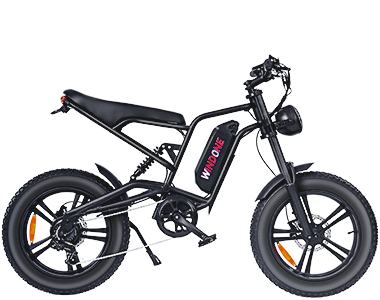
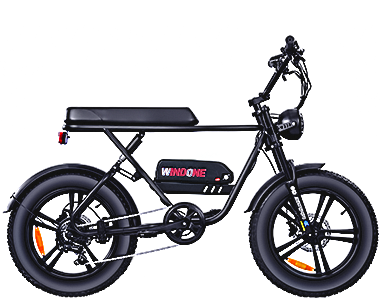
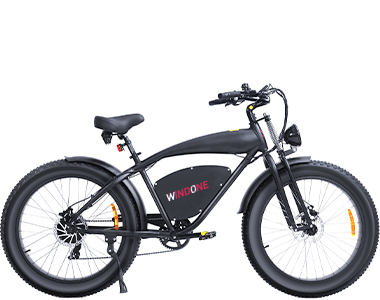
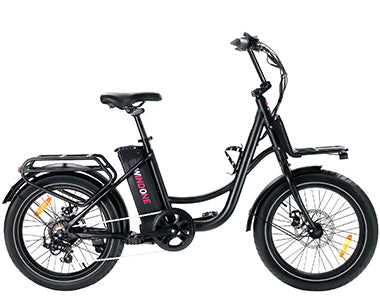
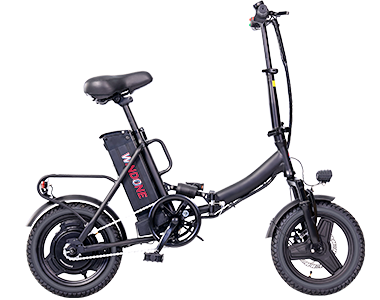
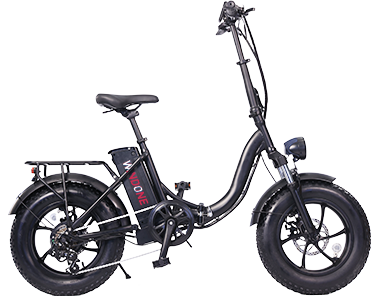


 Electric Inflator Pump
Electric Inflator Pump
 Ebike Locks
Ebike Locks
 Phone Holder
Phone Holder
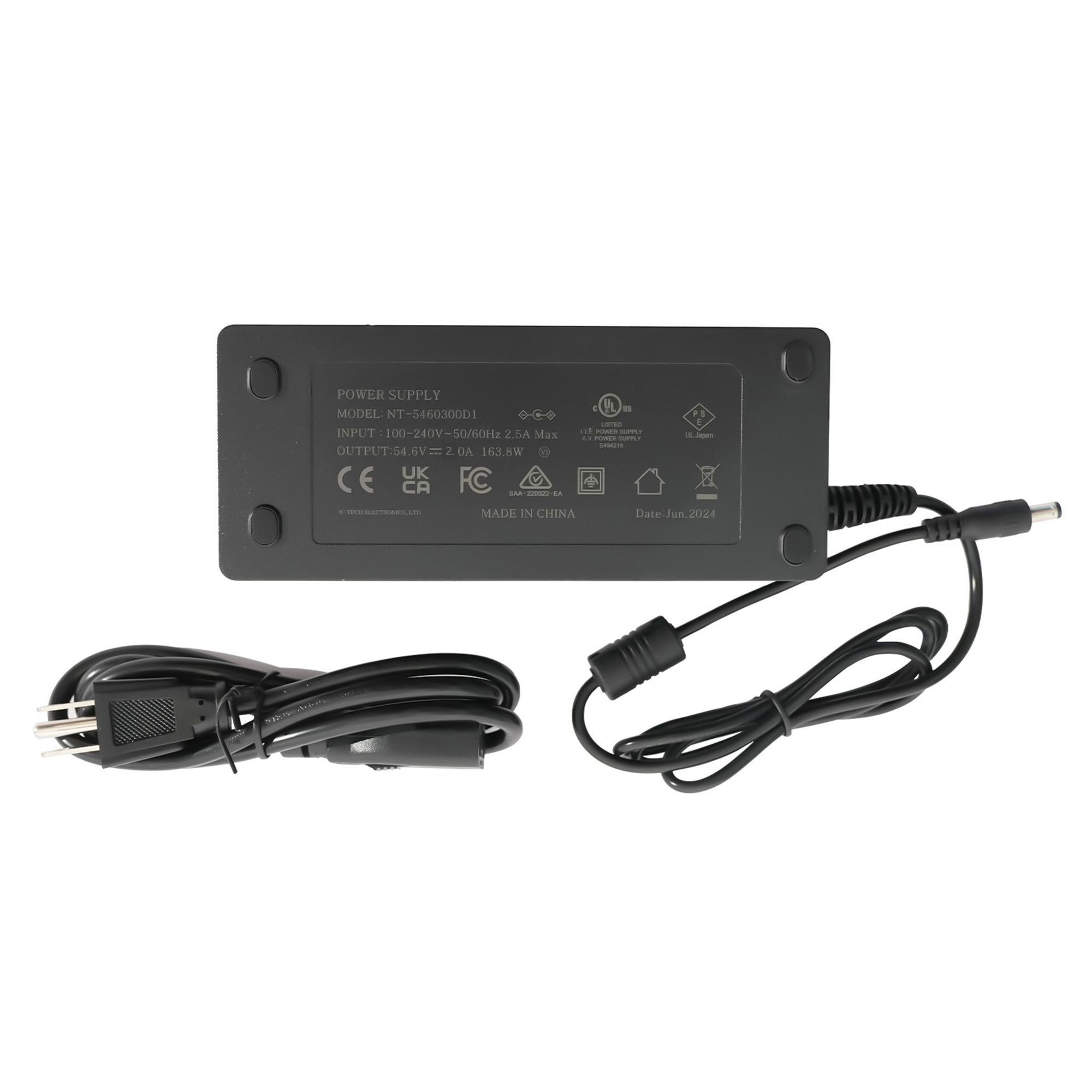
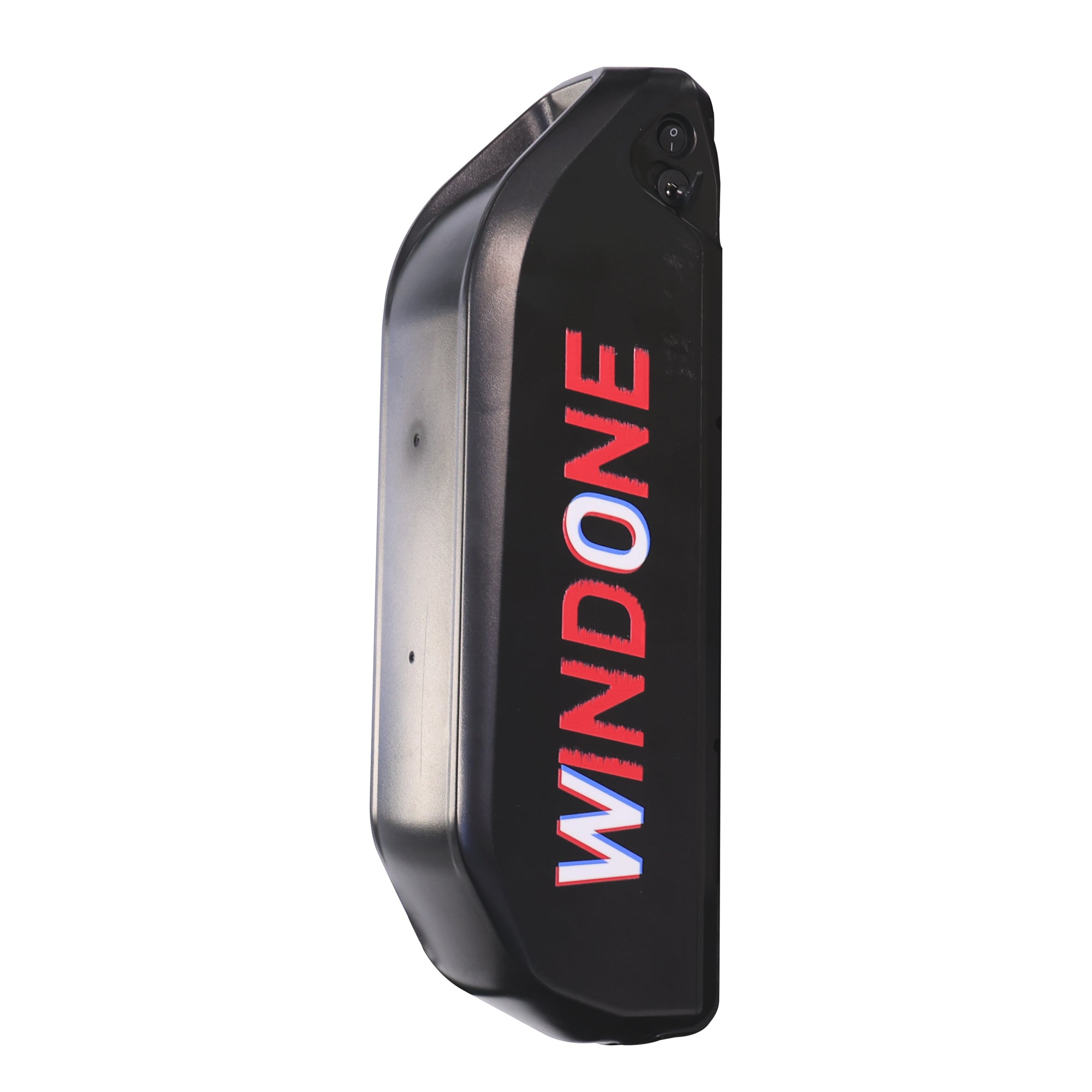
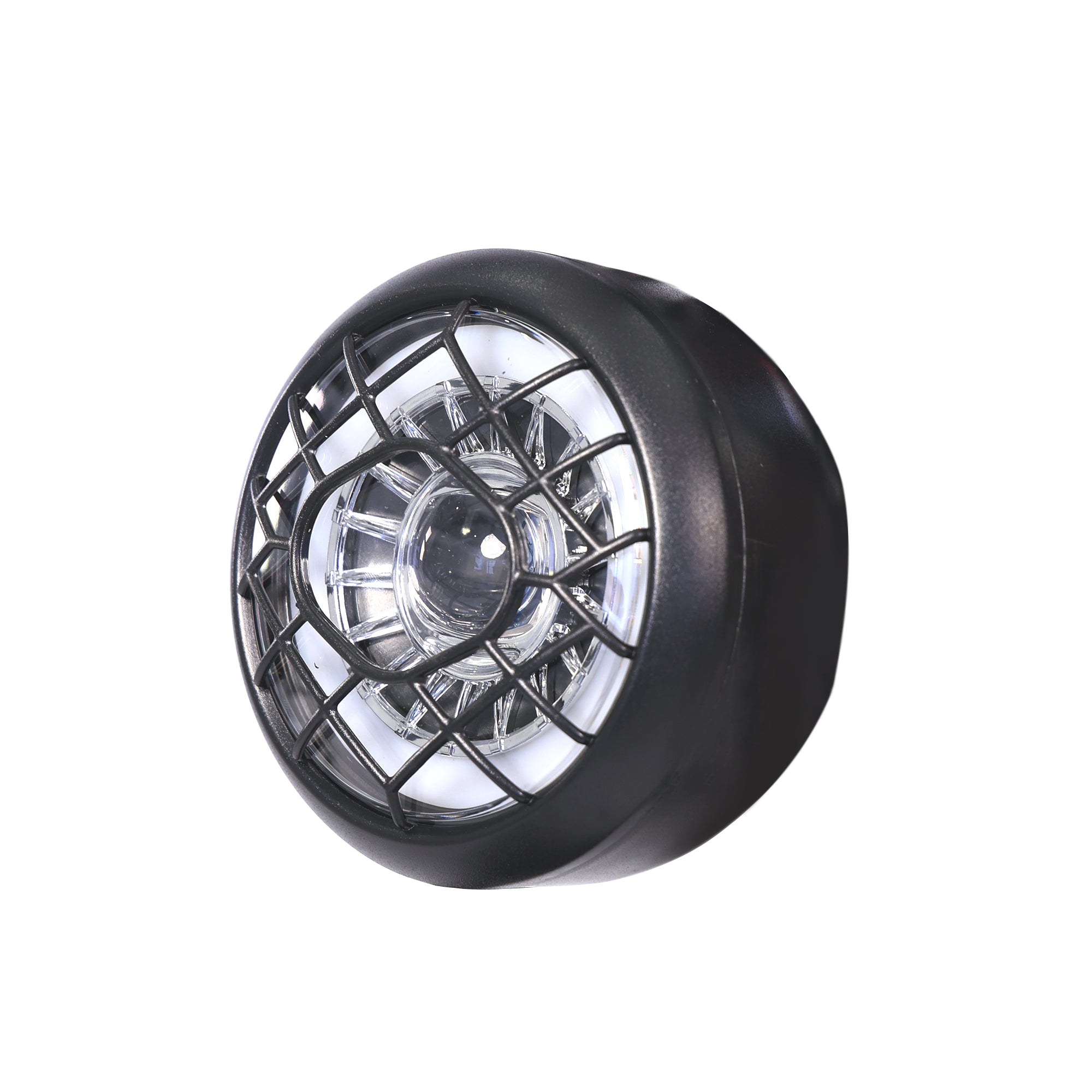
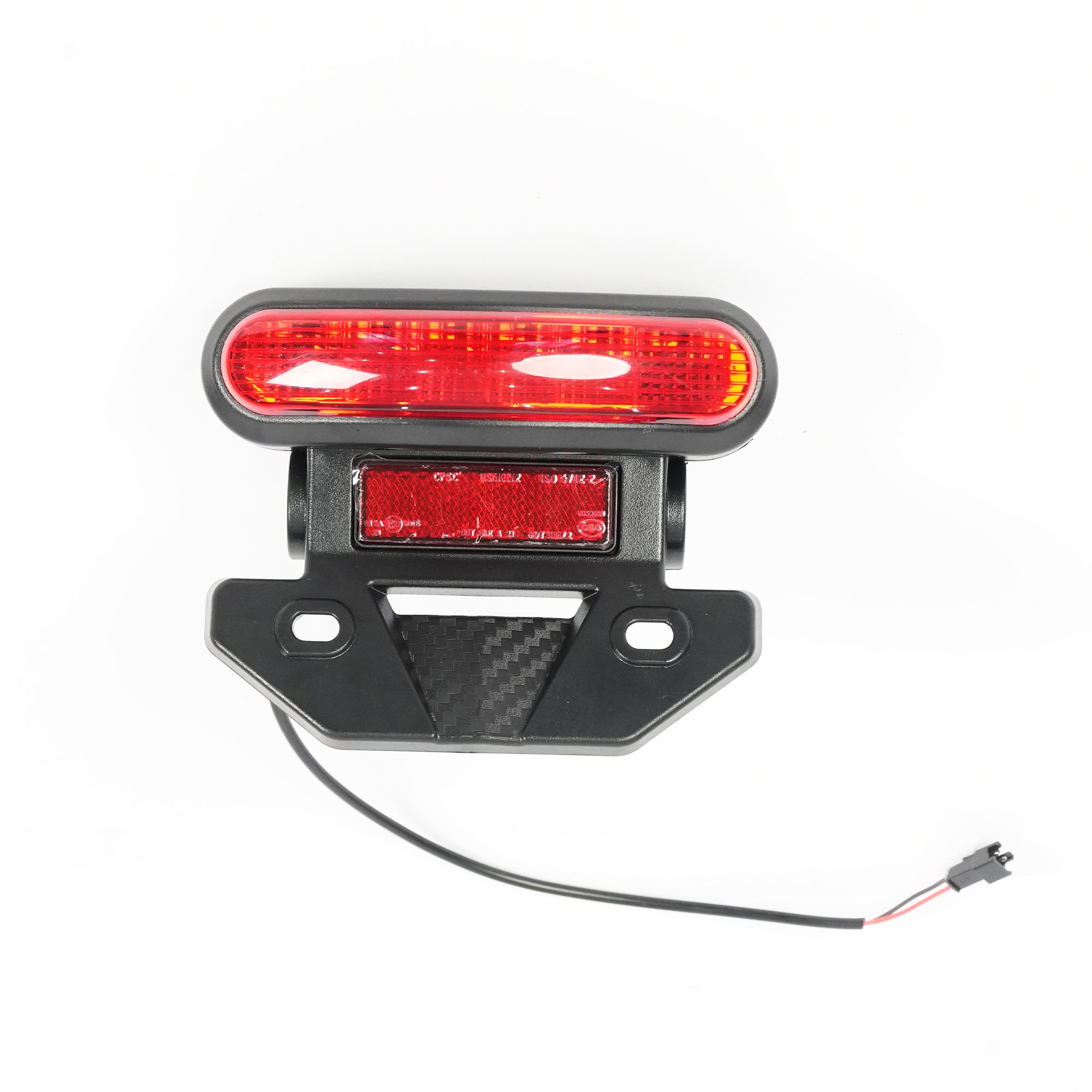
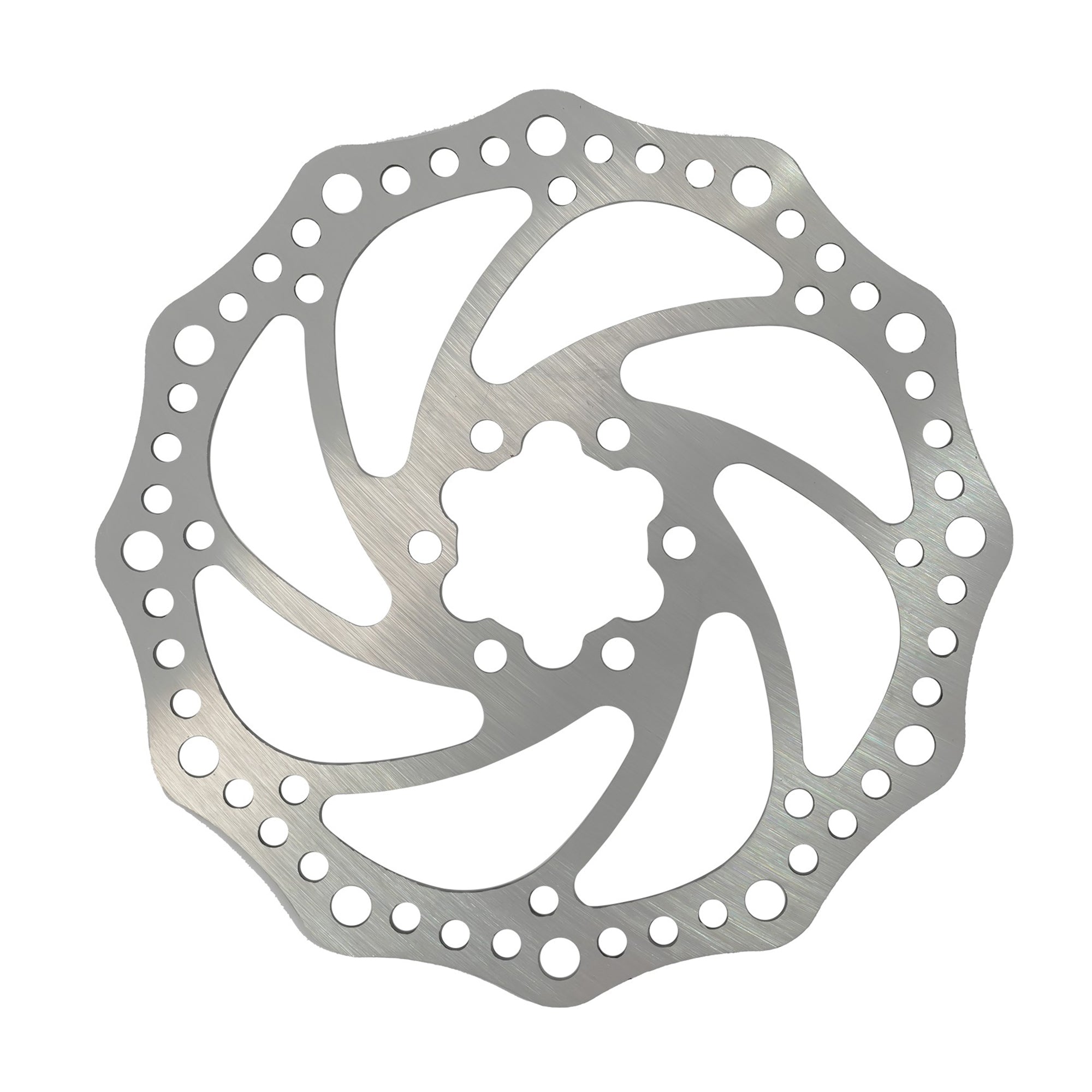
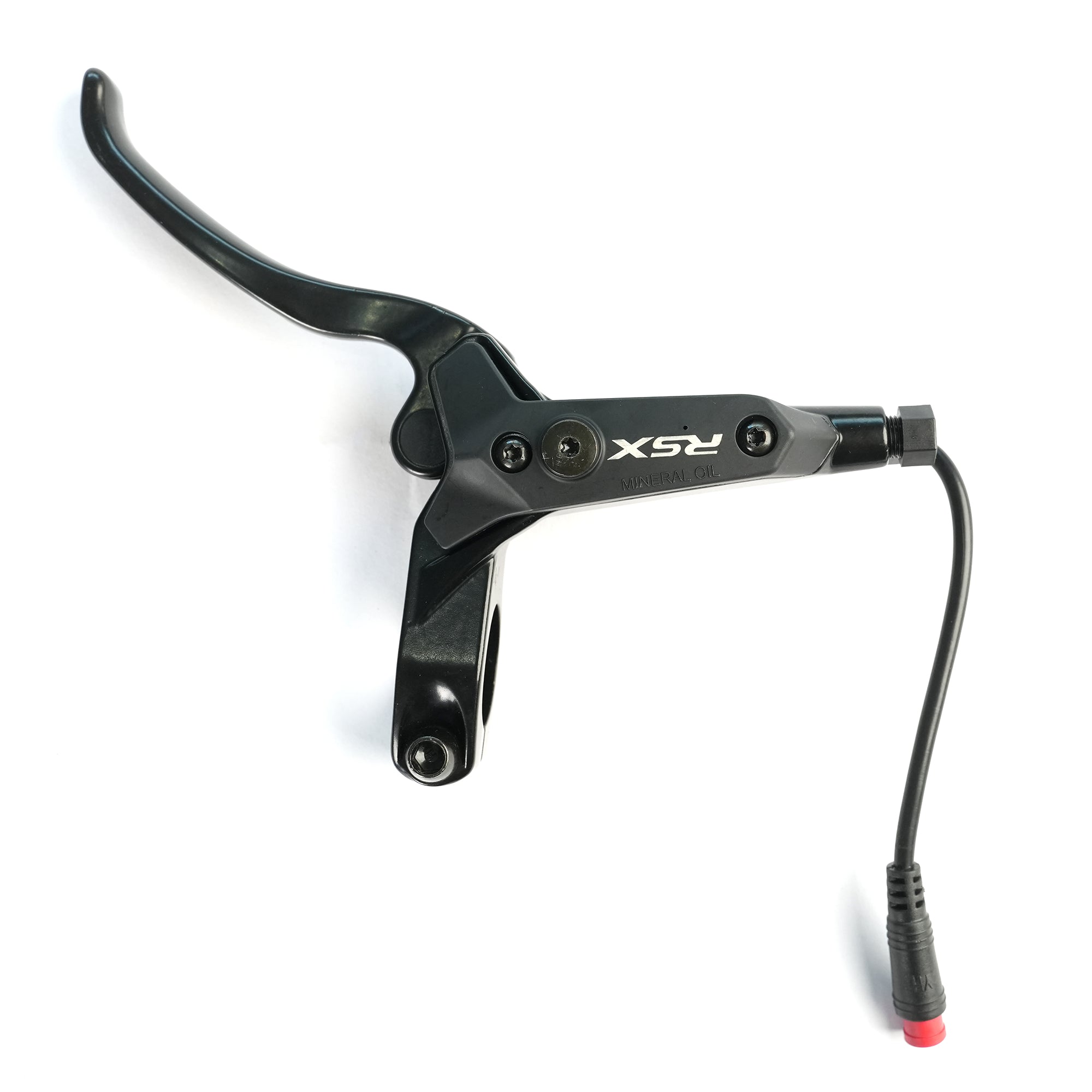
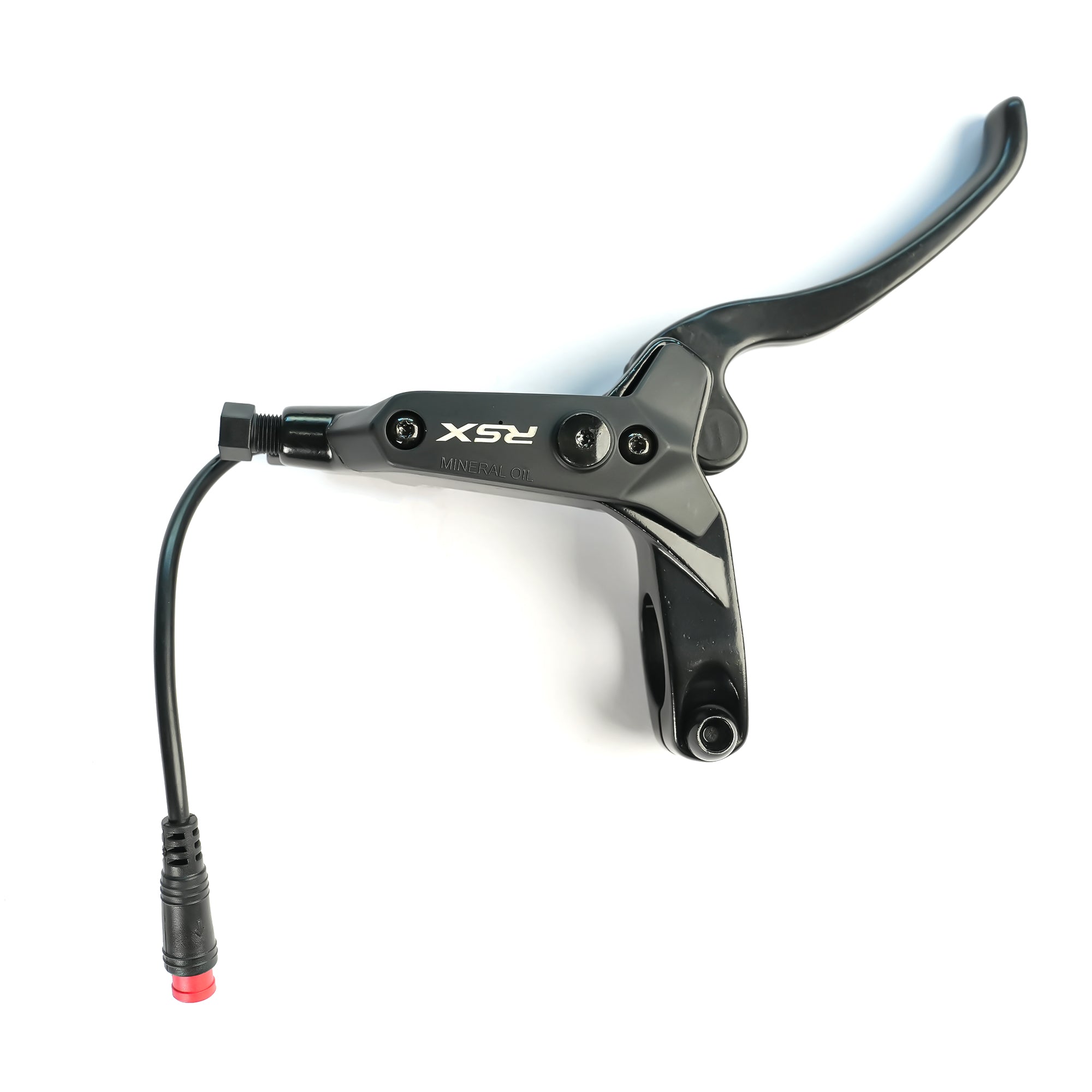
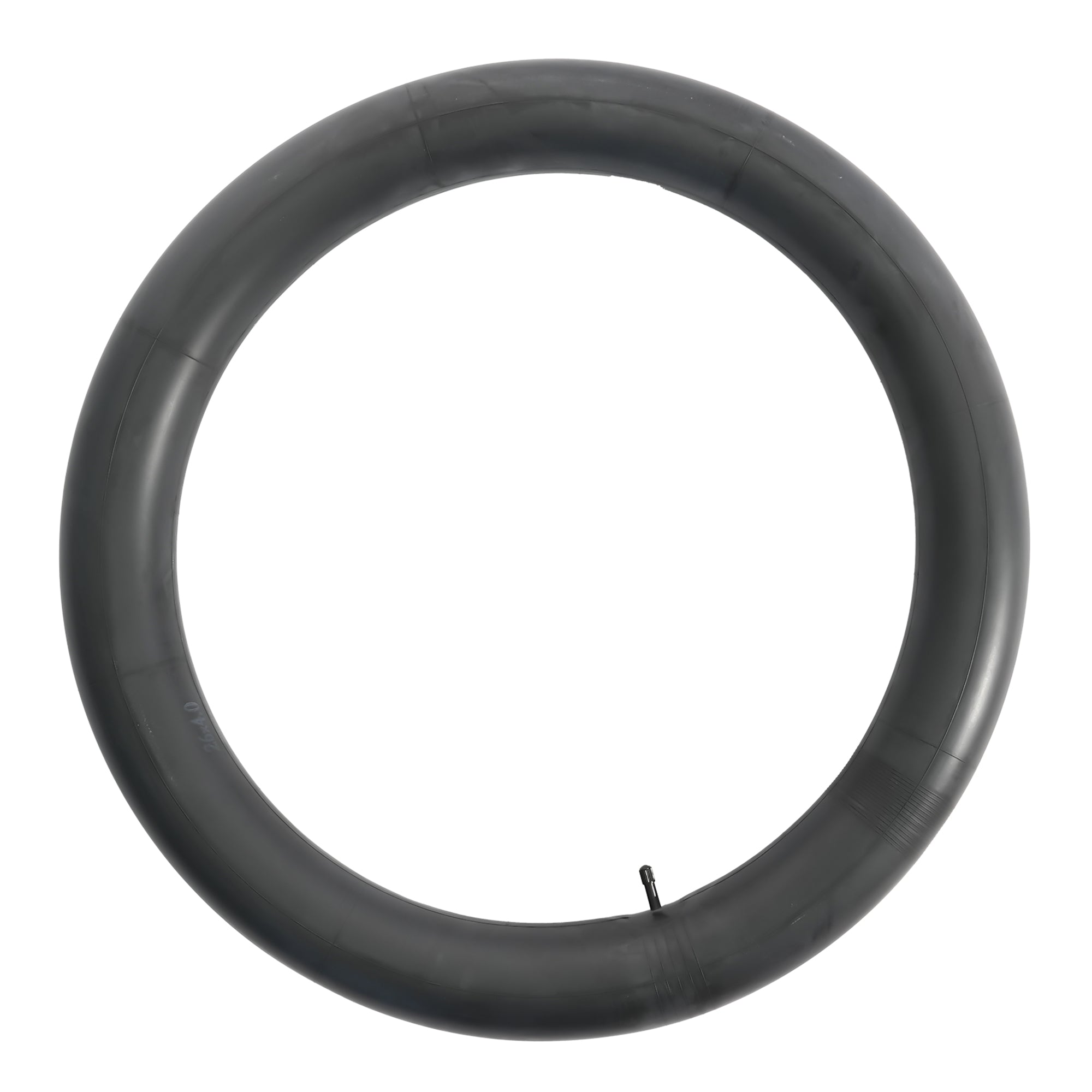
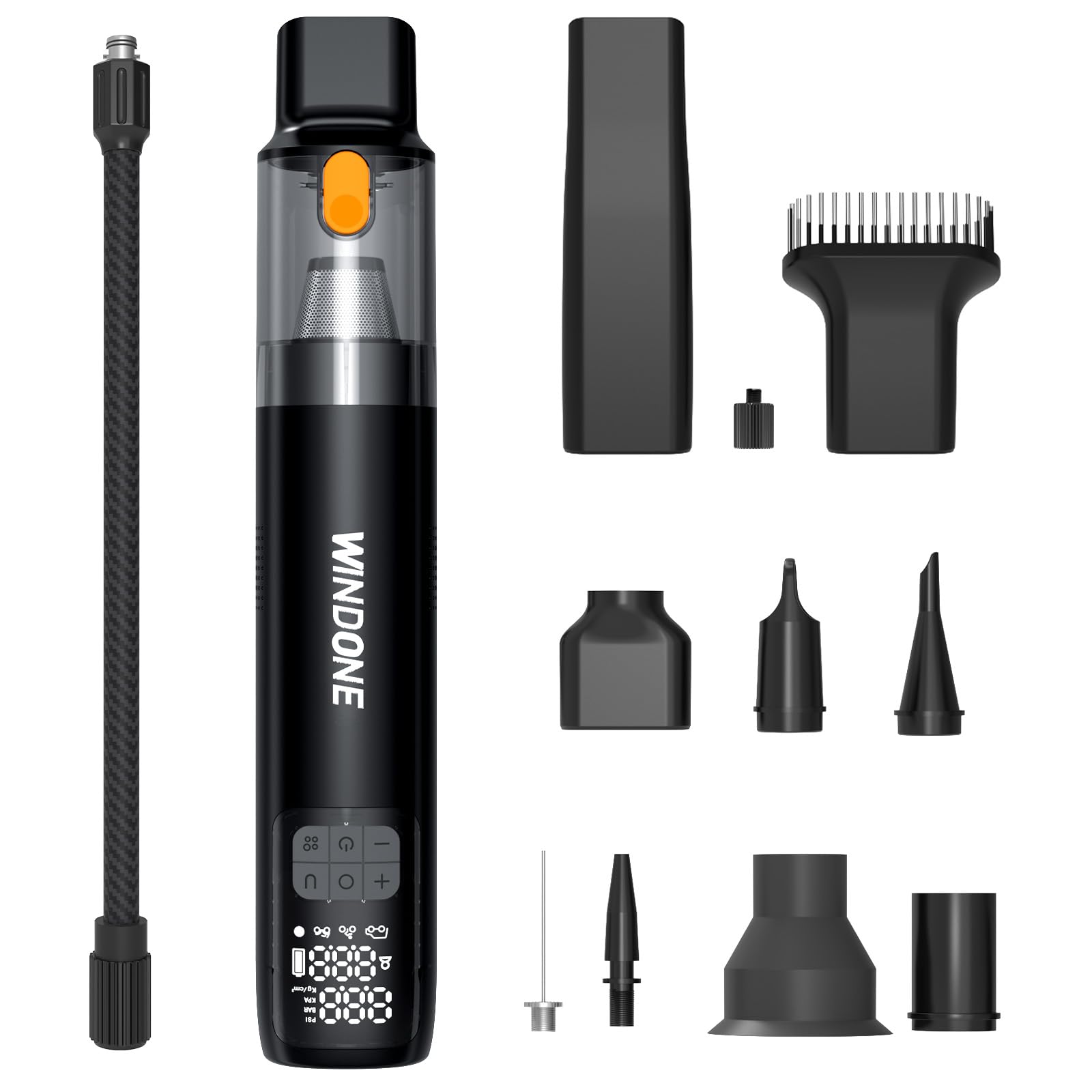
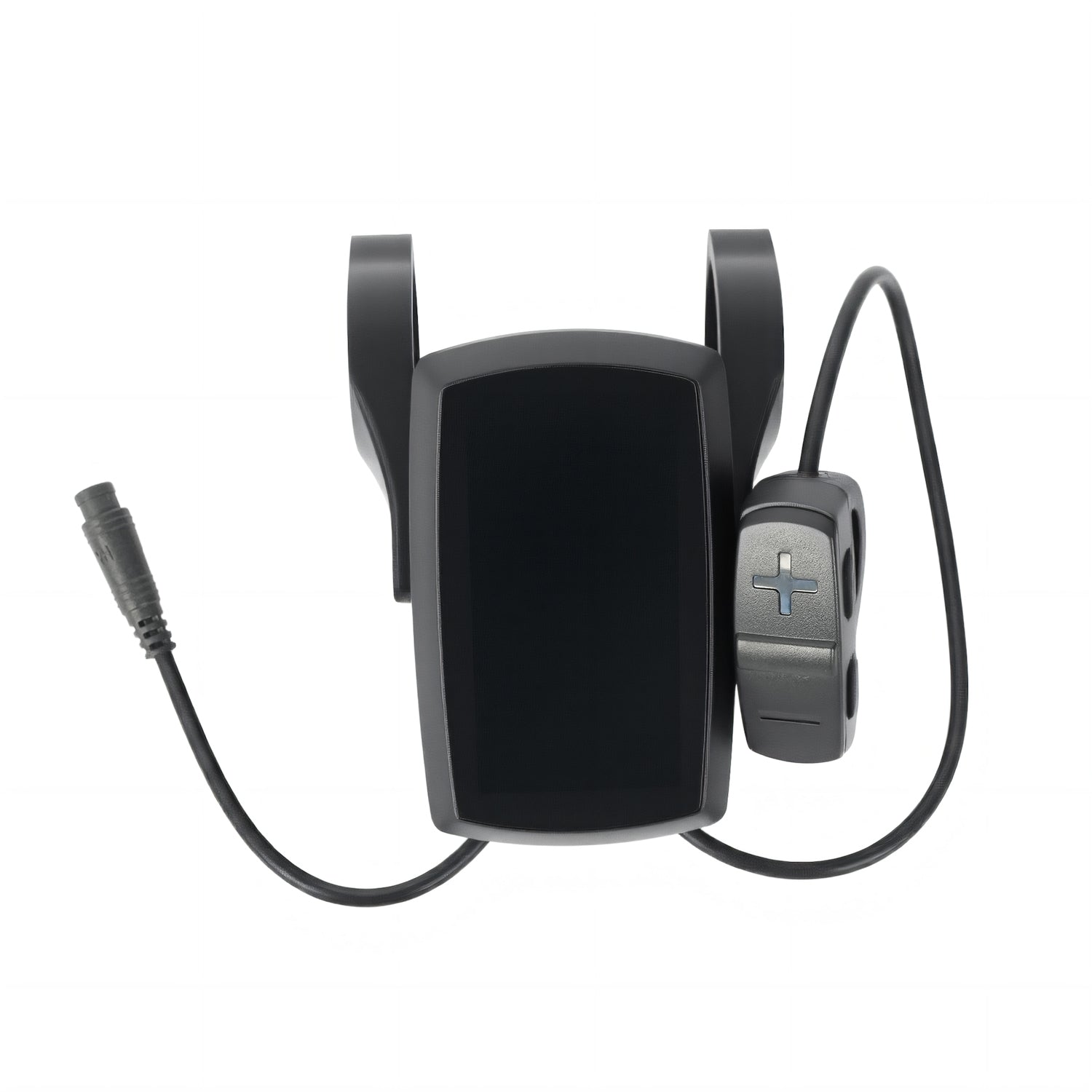
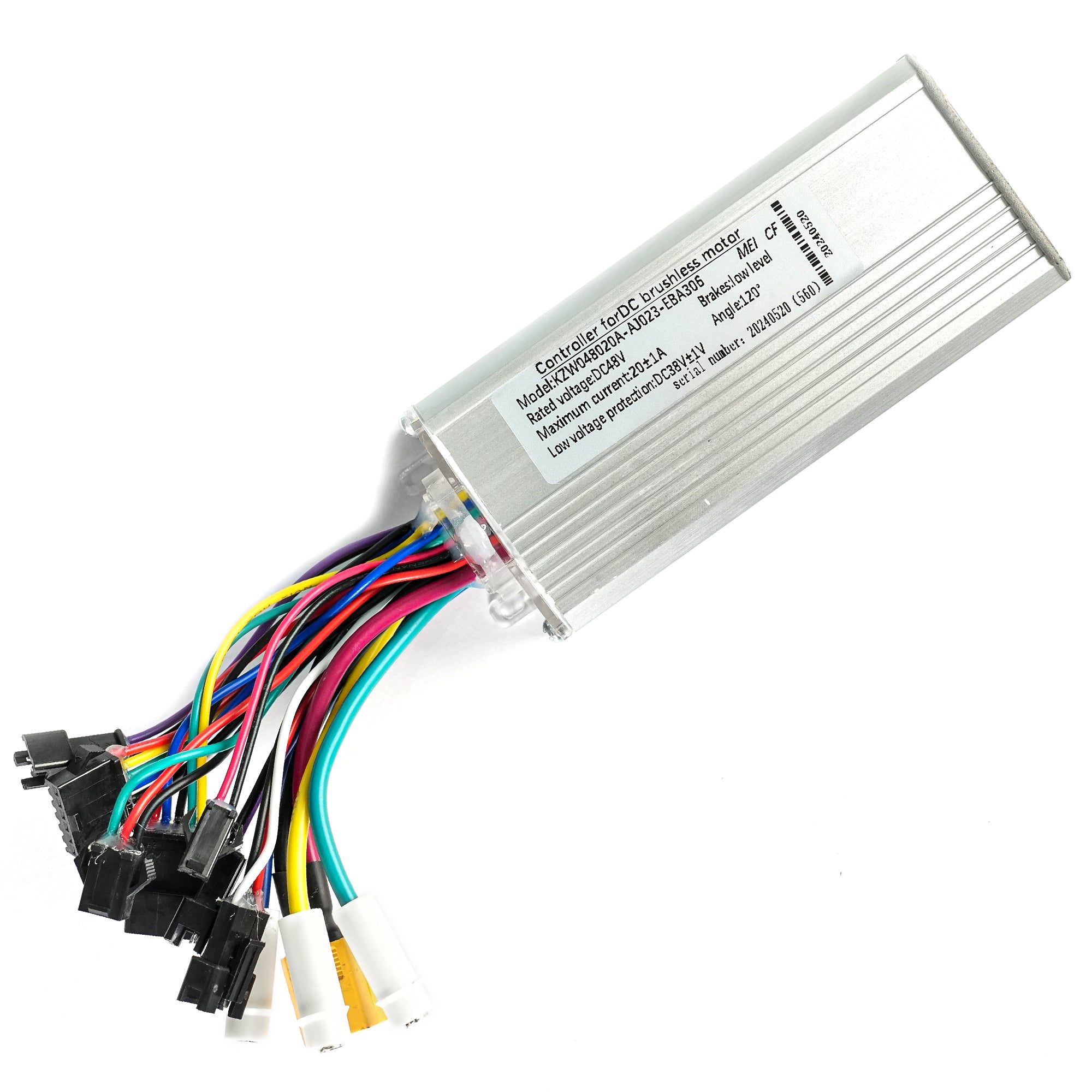

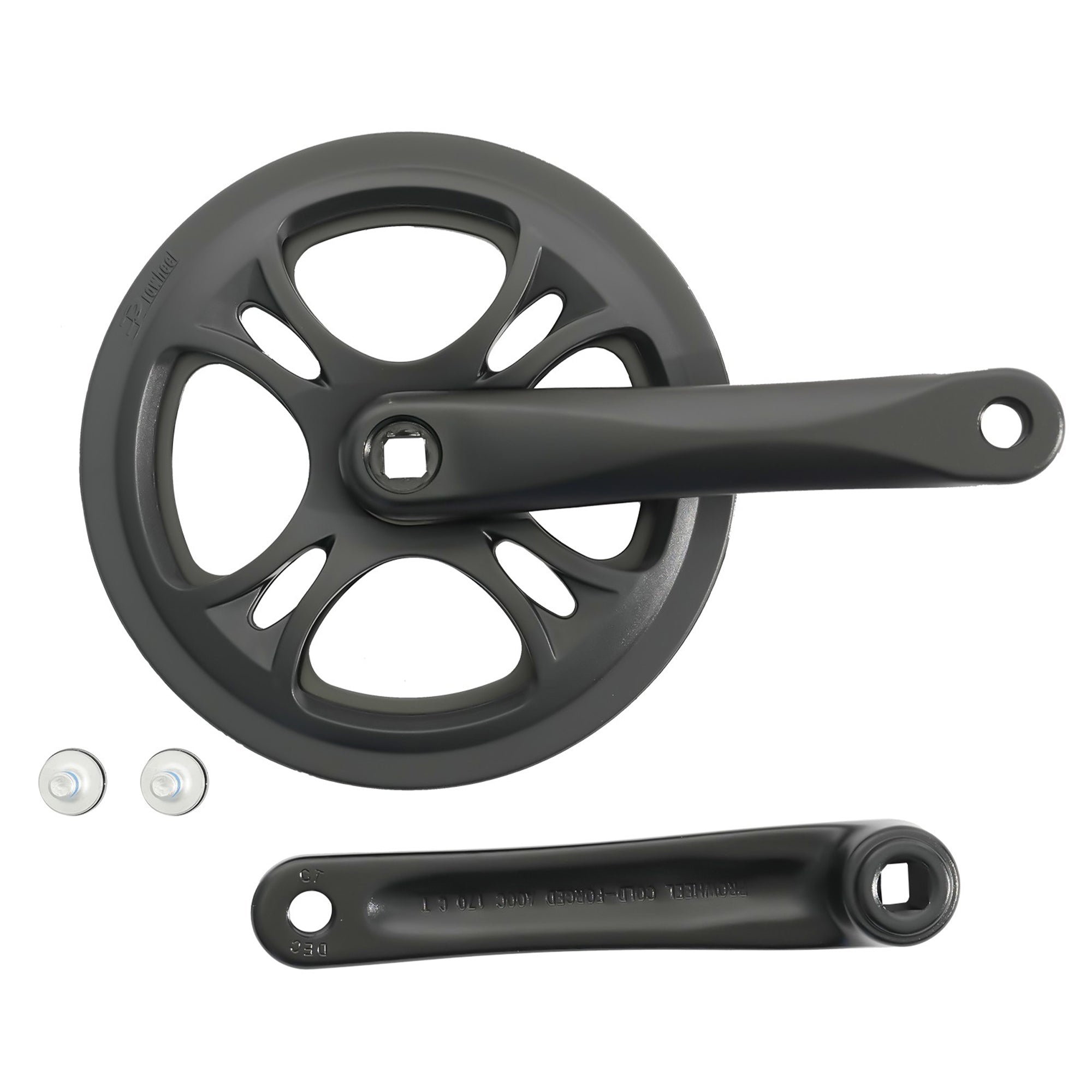
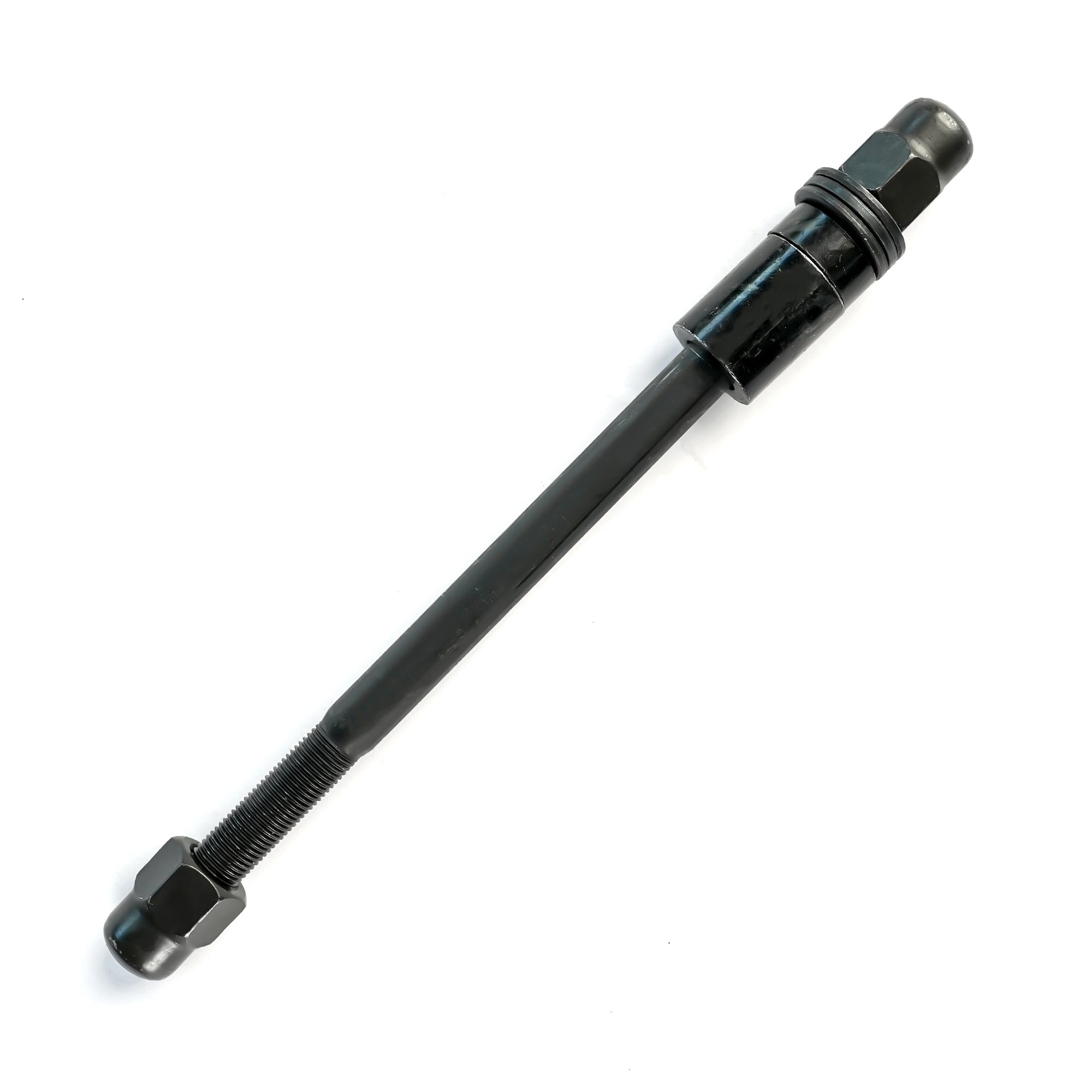
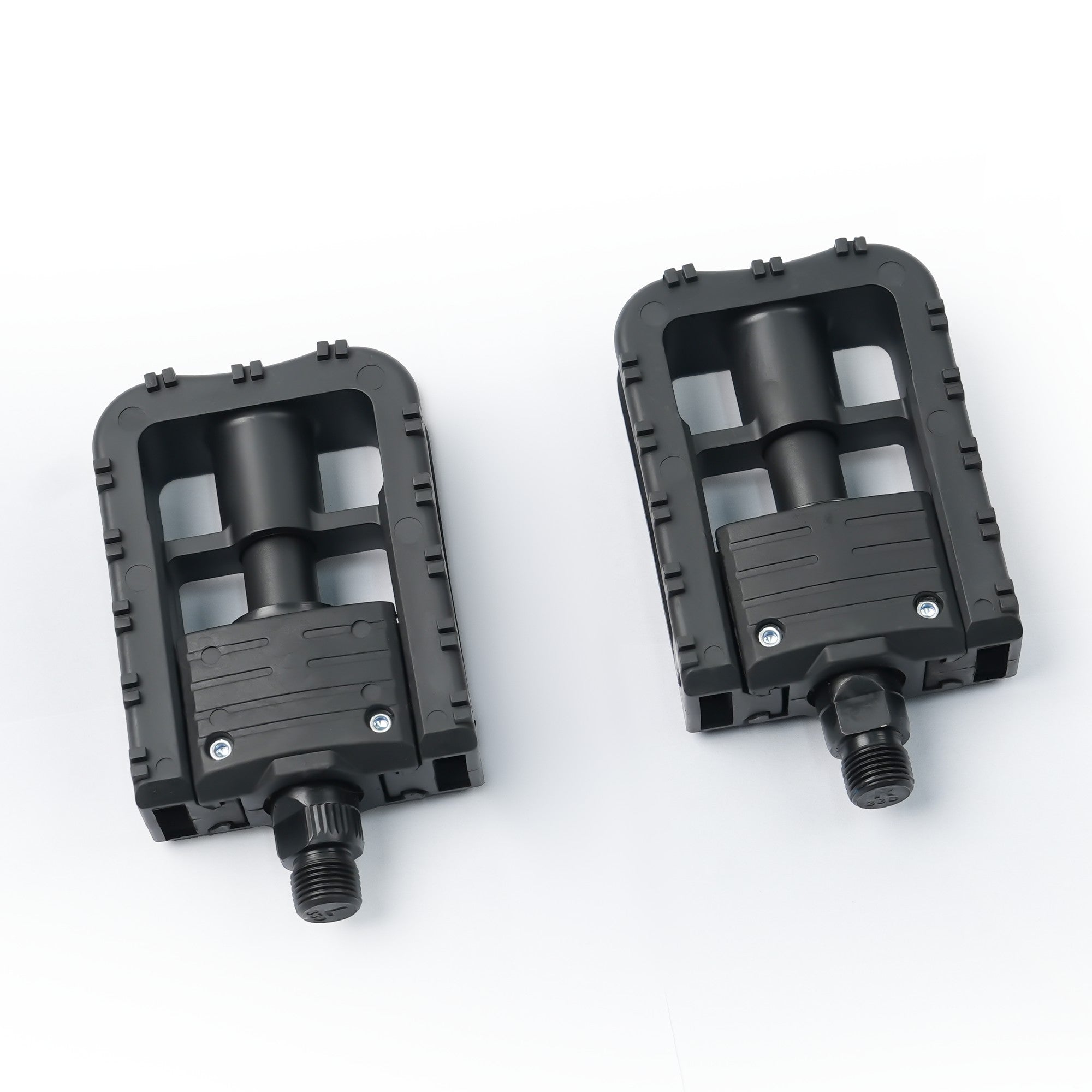
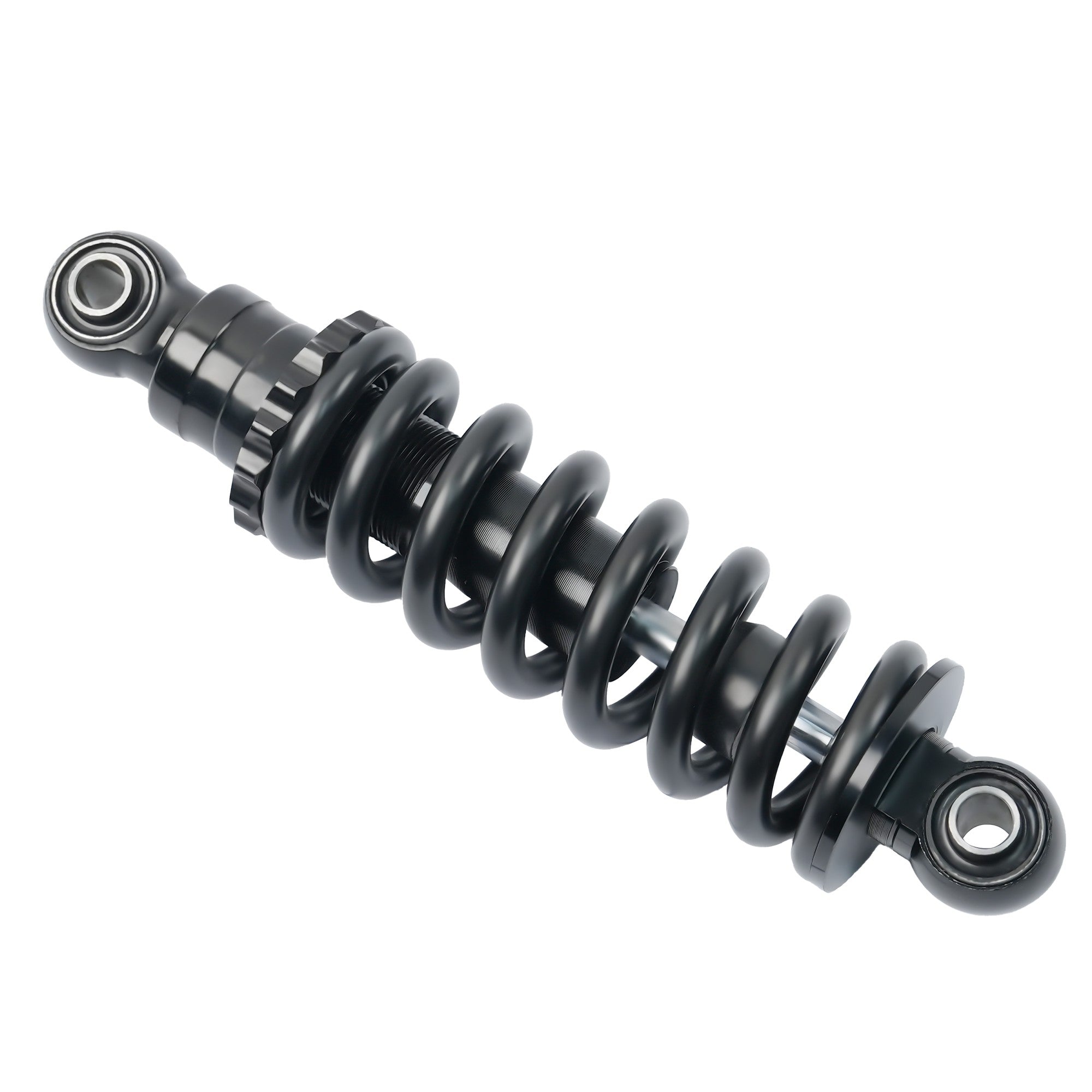
 Payment
Payment Afterpay Financing
Afterpay Financing Warranty
Warranty Shipping Policy
Shipping Policy Exclusive Discounts
Exclusive Discounts Track Your Order
Track Your Order Return & Refund
Return & Refund Referrals & Membership
Referrals & Membership User Manual
User Manual Contact Us
Contact Us FAQs
FAQs